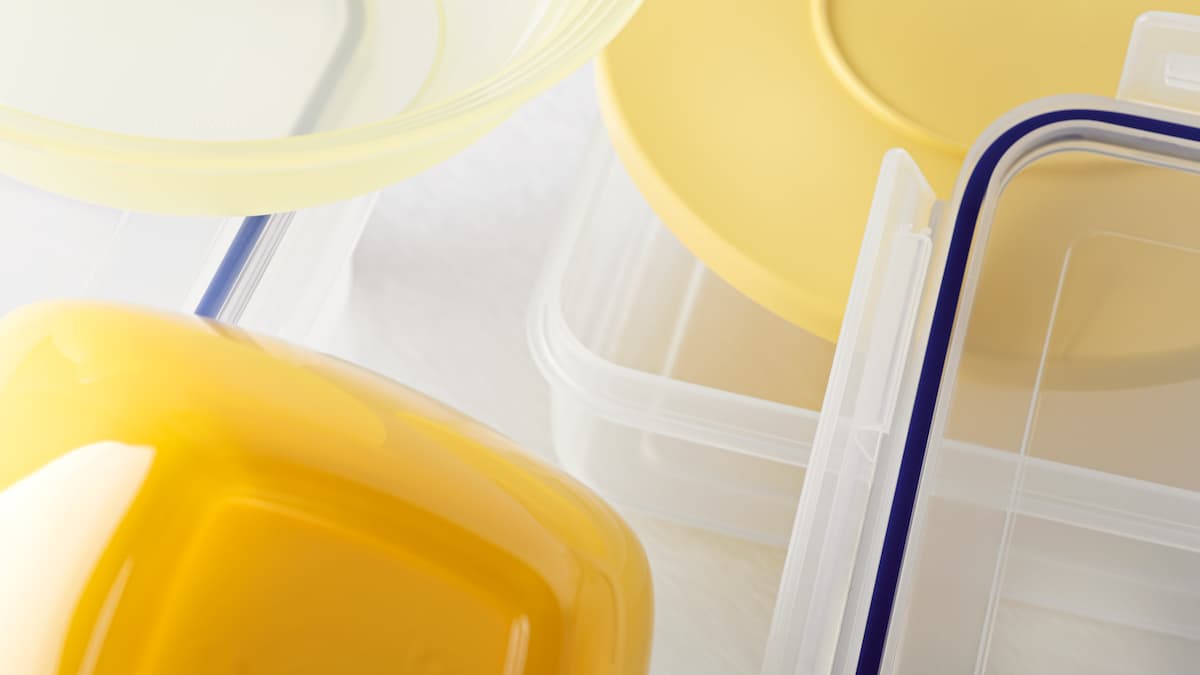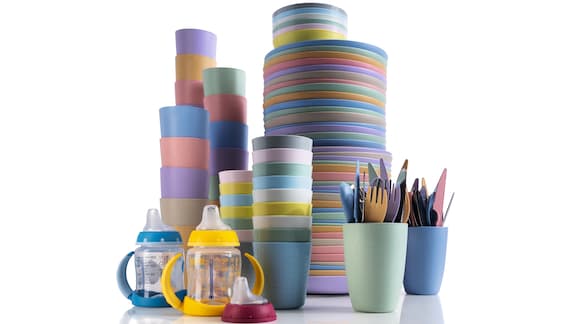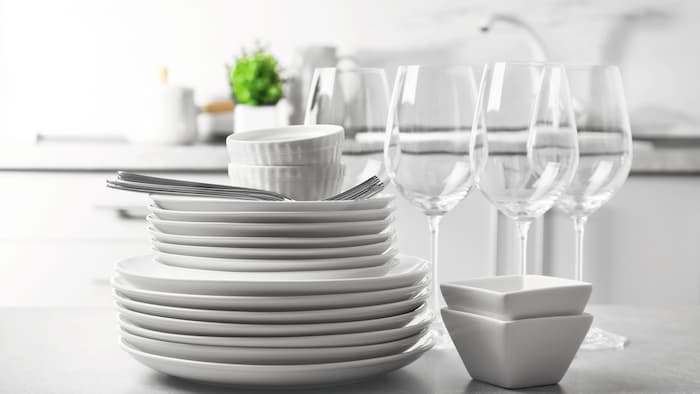
When Plastics Will Just Not Dry
Increased Workload and Less Time Through Wet Plastic Dishware

After dishwashing, people simply expect to be able to remove dishes from the machine and put it into a cupboard for storage. But a glance into the dishwasher often reveals that porcelain, glass and metal parts are dry, whilst plastic dishware is still wet. The unpleasant consequence: Plastic items have to be rinsed and dried by hand in order to remove detergent and water residue and avoid stains. At the end of the day, this means an increased workload, taking valuable time away from more important work. Furthermore, freshly washed dishes can be recontaminated by soiled tea-towels or through hand contact. This is a set of circumstances which should be avoided at all costs in institutions with high demands on hygiene.
Why Are Plastic Items Still Wet After Dishwashing?

There are several reasons why plastic dishes do not dry well after dishwashing. One key reason for this are the properties of the material. In contrast to porcelain for example, plastic stores less latent heat, resulting in surface water not evaporating properly and dishes often remaining wet. As plastic items of dishware are only light-weight, the pressure of the jets of water from the spray arms may easily dislodge items.
This results in water collecting in hollow vessels and in the bases of upturned items. This is often the case when dish items are not properly positioned in the first place. Water from the wash cycle which collects inside items and in depressions is unable to drain off.
How Can Wet Dishware Be Avoided After Dishwashing?

Plastic dishware should be properly and securely positioned in the dishwasher. This ensures that items remain in position throughout the cycle and that wash water is able to drain off freely. Special-purpose inserts and baskets can be helpful in positioning and securing items. In addition to this, dishwashers support the drying process with an additional drying phase. This is geared to the properties of plastics and results in excellent results.
Summary
Plastic dishware is often still wet after dishwashing on account of its material properties. But by properly positioning dishes in the machine, it is possible to achieve good drying results and save time for more important work. Similarly, the use of special dishwasher baskets and inserts is recommended. Additional drying phases designed for plastics are recommended above all from a hygienic perspective. This way, even plastic dishware is thoroughly dried and ready for use again fast.
